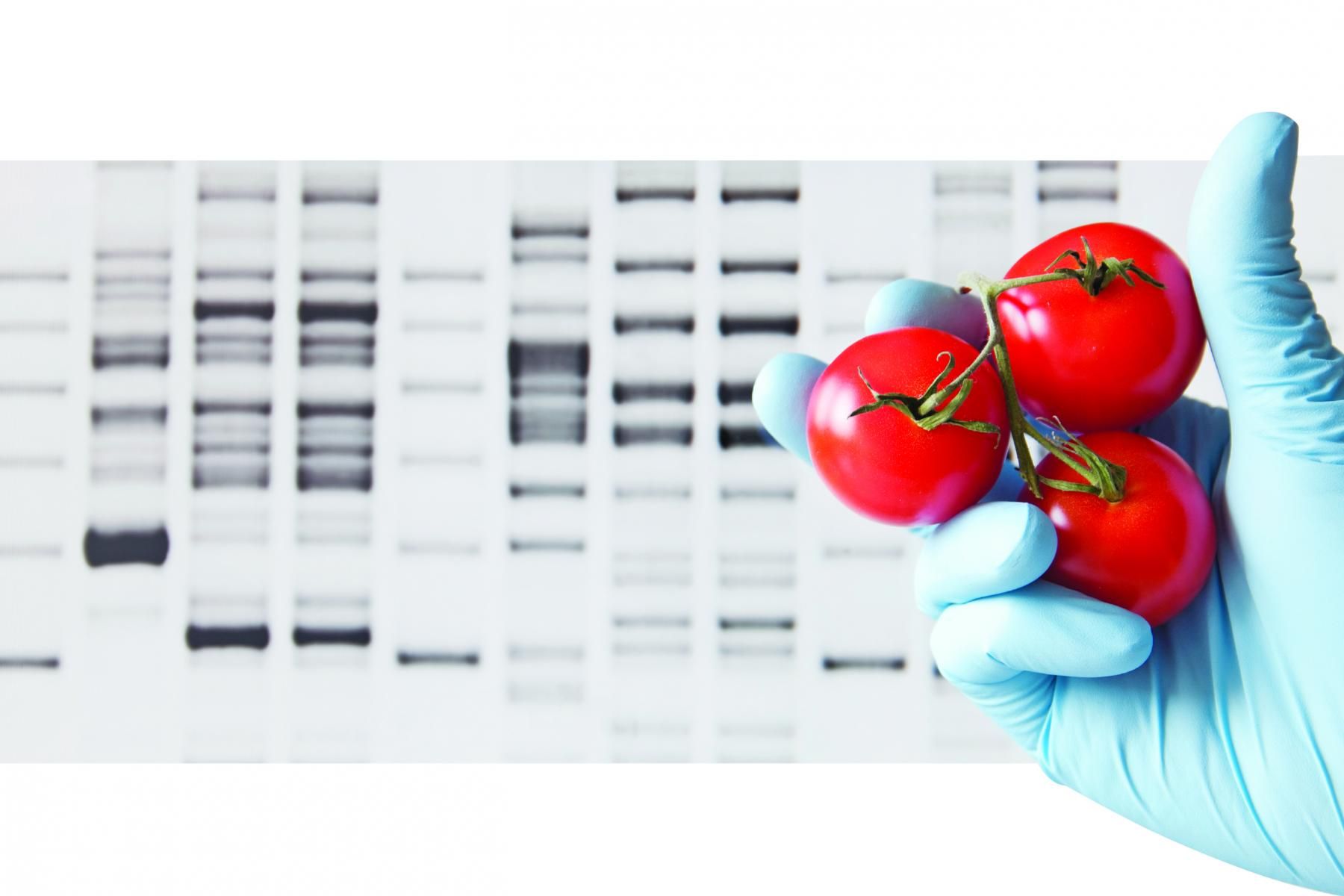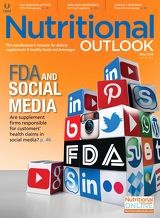How to Source Non-GMO Ingredients and Suppliers
The limited availability of verified non-GMO feed makes sourcing non-GMO ingredients somewhat difficult.

Genetic modification involves gene-splicing biotechnology (genetic engineering) to merge DNA from different species of plants or animals to create combinations that cannot occur naturally or in traditional cross-breeding. The technology required to genetically modify food and animals in a lab was commercialized in the 1970s. The first commercial sale of a genetically modified food is typically attributed to Calgene in 1994, with its Flavr Savr delayed-ripening tomato. Unlike genetic modification, traditional cross-breeding-such as hybridization and selection-has been popular in agriculture for centuries.
GMO corn, canola, cotton seed oil, and soybeans are cash crops for today’s farmers. According to the USDA, 85% of soy, 40% of corn, and 75% of canola produced in the United States are GMOs. Today’s GMO foods are largely bred for tolerance of the herbicide glyphosate (branded Roundup). GMOs bred with glyphosate tolerance allow farmers’ cash crops to grow, while the competing weeds that try to grow around the crops are killed.
Growing Demand for Non-GMO
Although many GMO crops are classified as “safe,” there are no long-term studies available to prove the safety of their extended human consumption. Some shorter-term studies have found traces of toxins from GMO crops in humans post-consumption. For instance, in a 2011 study published in the journal Reproductive Toxicology, researchers detected Bacillus thuringiensis (BT), the toxin in GMO corn, in the blood of pregnant women and their babies.1
Another argument against GMO is genetic contamination, if GMO crops cross-breed with natural varieties of the same crop. A 2013 paper published in the journal Nature details how BT corn has contaminated the indigenous corn of Oaxaca, Mexico.2 Critics of GMO foods also often claim that genetic engineering can disrupt the functions of neighboring genes in plants, giving rise to toxic or allergenic molecules and thus lowering the value of the food.
At the retail level, some consumers say that companies such as Monsanto and Syngenta have oversold the benefits of GMO crops. Some object to having GMO-patented seeds concentrated in the hands of a few corporations, marginalizing smaller farms.
While there is currently no federal labeling law to indicate foods containing GMOs, many manufacturers today still choose to label non-GMO foods specifically as such.
Of course, with so much emphasis today on non-GMO products, demand for non-GMO ingredients is higher than ever.
But there are challenges in the non-GMO supply chain. First and foremost, the limited availability of verified non-GMO feed makes sourcing non-GMO ingredients somewhat difficult. Other challenges include supply shortages and poor crops due to bad weather or drought.
What’s more, non-GMO food is often more expensive than its GMO counterparts. Labor costs are higher because not using conventional chemicals requires hiring more workers for tasks like weeding and cleaning up polluted water. Other costs include higher fertilizer costs, the price of crop rotation-as opposed to conventional farms that can use every square inch-and certification costs.
Still, if you’re going to market a non-GMO food, you need to know how to source non-GMO ingredients, and you should know exactly what to look for in potential suppliers. Finding the right non-GMO supplier takes effort. Also, remember that GMO issues start early on. For instance, limited availability of non-GMO feed means limited availability of non-GMO ingredients.
Tips for Sourcing Non-GMO
There are a number of ways to vet a supplier’s non-GMO capabilities. To start, ask the supplier for documentation or certification.
Third-party non-GMO verification, such as certifications from the Non-GMO Project or Identify Preservation (IP), is the first thing to look for in a potential supplier. Thankfully, this sort of certification is increasingly in demand, and more suppliers will likely work to become certified. “With Whole Foods’ recent commitment to GMO labeling by 2018, the demand for non-GMO and organic grains and ingredients is likely to increase,” wrote Ken Roseboro in a recent article for The Organic and Non-GMO Report.3
Third-party verifications are increasingly important in terms of the downstream market, as they allow you to market and label your foods as GMO-free with absolute certainty. On top of a certificate, you could also require that your potential supplier provide proof, such as GMO test results, should you require it.
You should also check if potential suppliers have any documented system that aids in proper segregation of non-GMO and GMO goods, to avoid cross-contamination. Traceability is also important; seeing an entire timeline of a supplier’s products can help confirm the supplier’s claims. Where have the ingredients been during different parts of the supply chain? Where are they sourced from, and what have they been exposed to?
In the same vein, approaching the sourcing of non-GMO ingredients with an international perspective can help. Knowing where ingredients and products come from, as well as the non-GMO laws of other countries, all help to ensure that you’re getting what you paid for-non-GMO ingredients from your suppliers.
Lastly, the sign of a reliable non-GMO supplier is experience and a successful track record in supplying non-GMO goods. “You want essentially the same qualities you are seeking from your other valued suppliers,” Roseboro wrote.3 “It would be beneficial if the supplier had a history in handling organic products inasmuch as most of the protocols will be similar.” In other words, when you choose a supplier, you want to be sure it can deliver. Ask for demonstration of its track record. What other companies does it work with? Who can vouch for the supplier’s reliability in avoiding GMOs?
Going completely non-GMO requires dedication, considering the various challenges and high costs associated with the process at this time. But with controversy surging through the market over GMO labeling and GMO-related health concerns, companies may want to consider a move to non-GMO ingredients when forecasting the future of their business.
References
- Aris A et al., “Maternal and fetal exposure to pesticides associated to genetically modified foods in Eastern Townships of Quebec, Canada.” Reproductive Toxicology, vol. 31, no. 4 (May 2011): 528-33.
- Gilbert N, “Case studies: A hard look at GM crops,” Nature, vol. 497, no. 7447 (May 2, 2013): 24-6. doi: 10.1038/497024a.
- www.non-gmoreport.com/articles/april2013/tips-for-sourcing-non-gmo-grains-ingredients.php

HHS announces restructuring plans to consolidate divisions and downsize workforce
Published: March 27th 2025 | Updated: March 27th 2025According to the announcement, the restructuring will save taxpayers $1.8 billion per year by reducing the workforce by 10,000 full-time employees and consolidating the department’s 28 divisions into 15 new divisions.

















